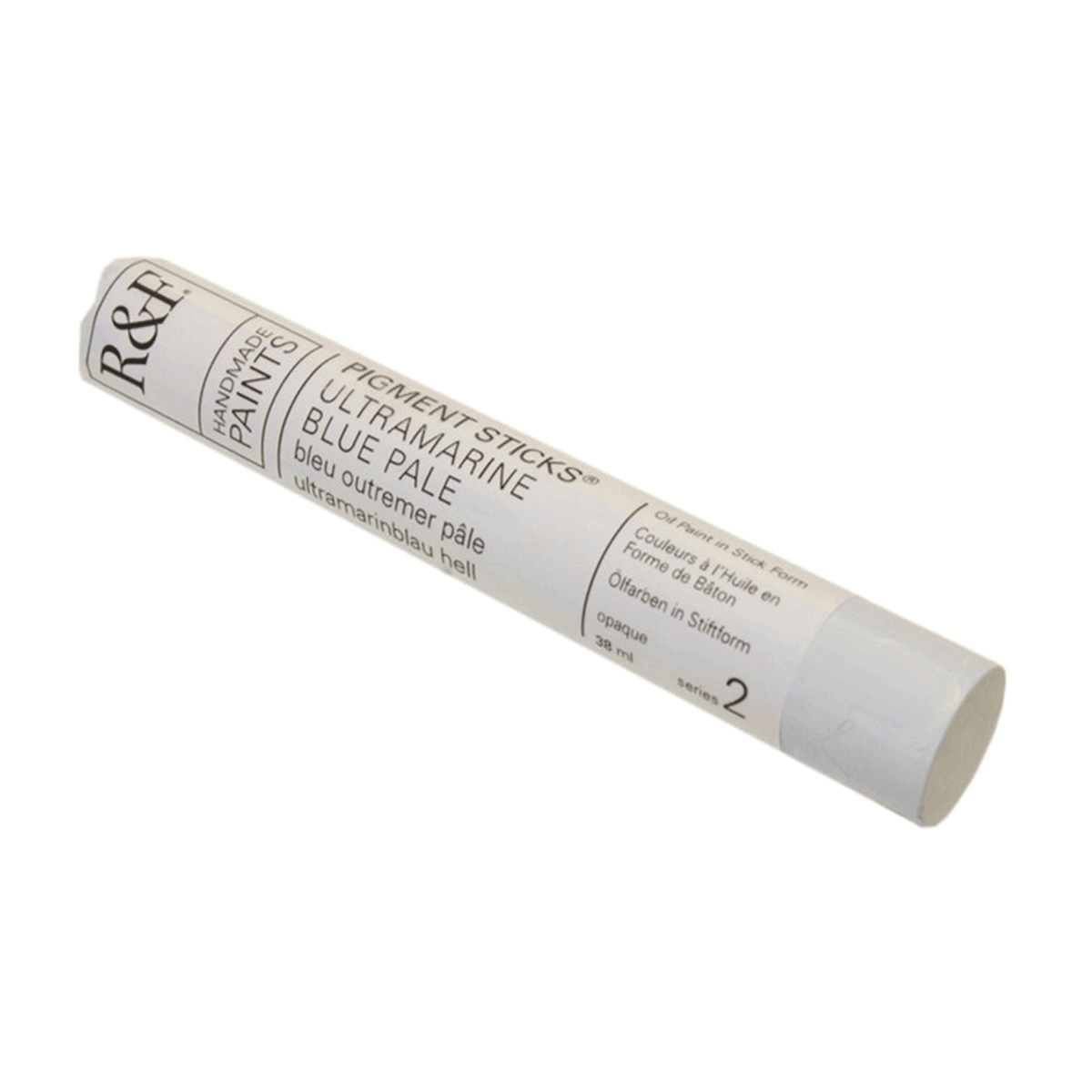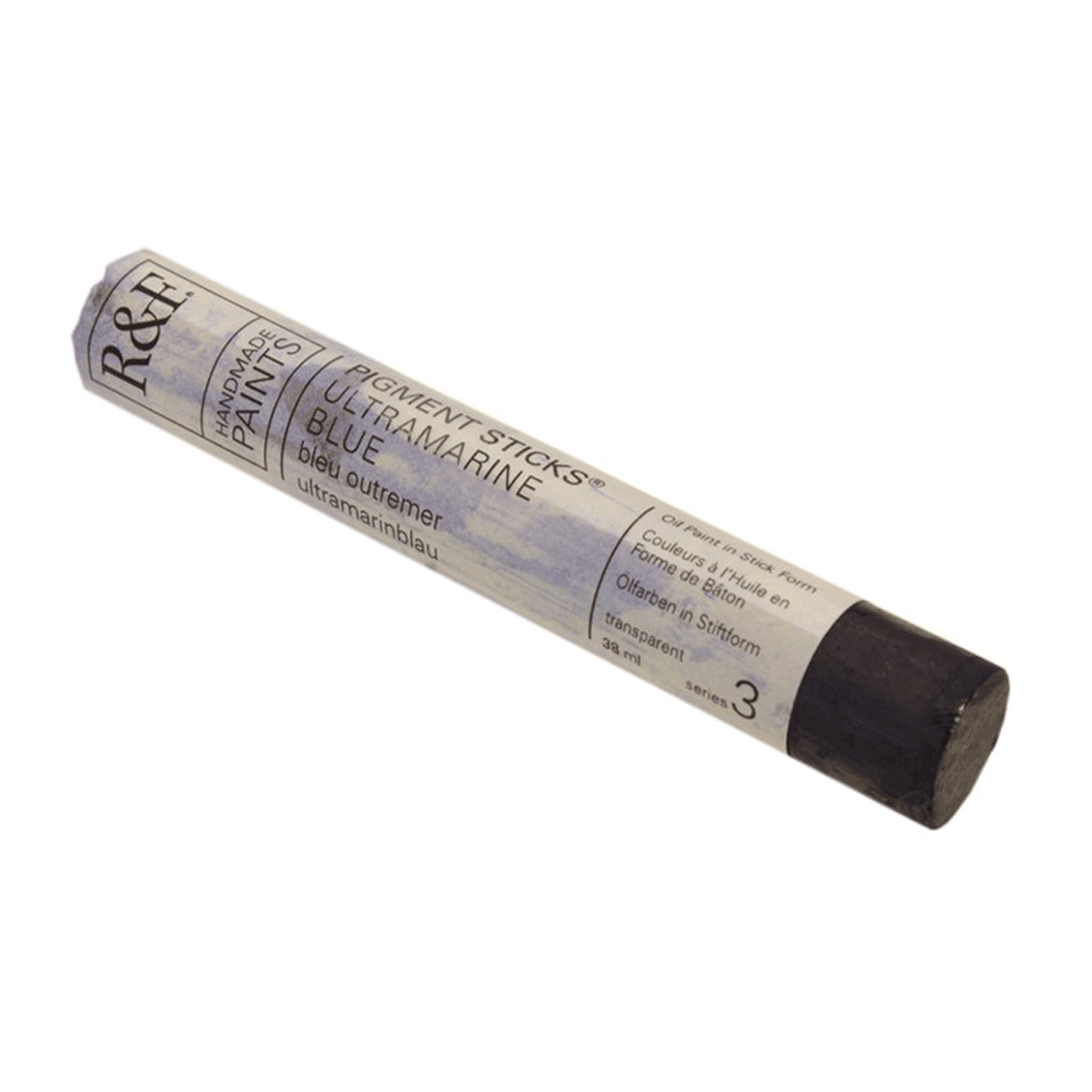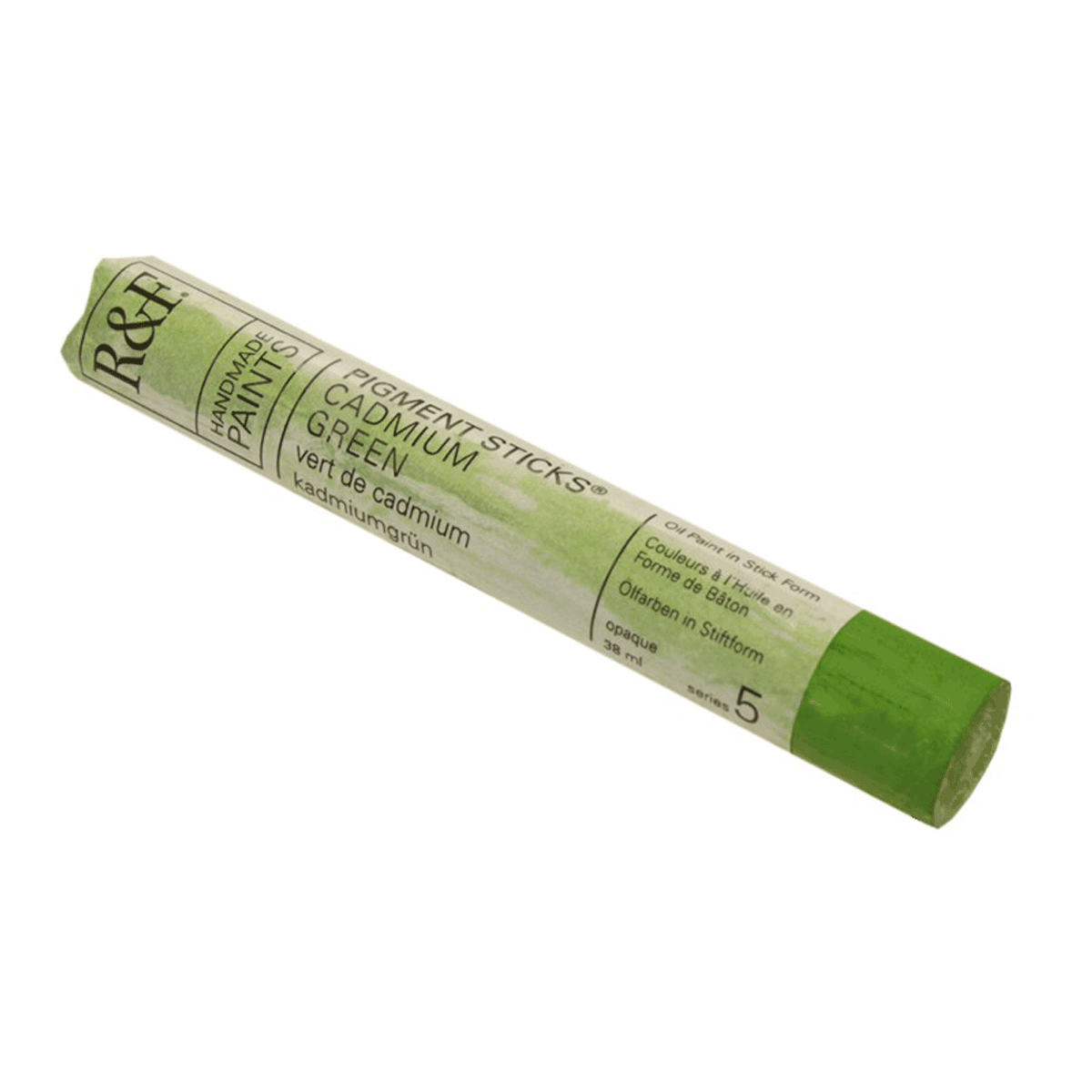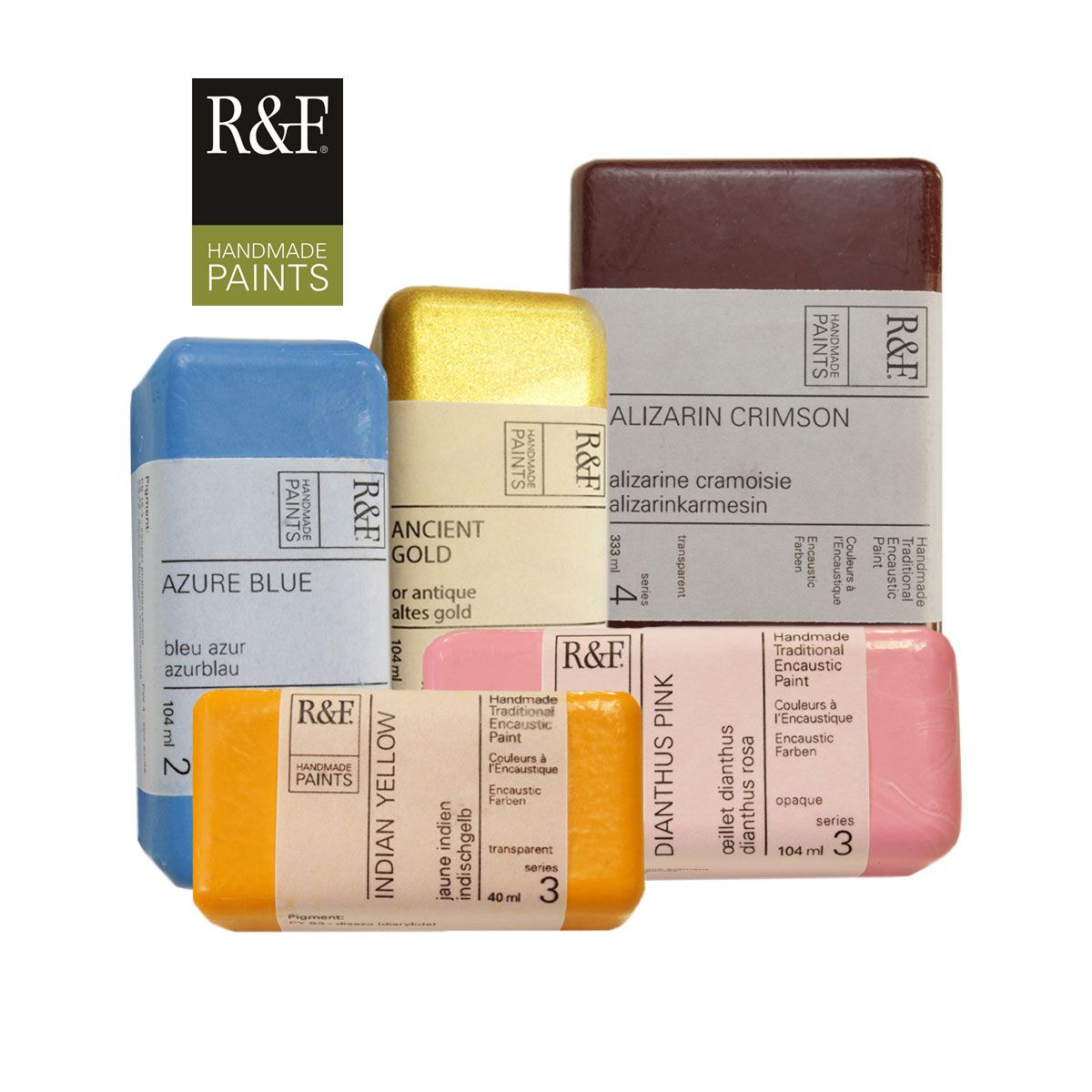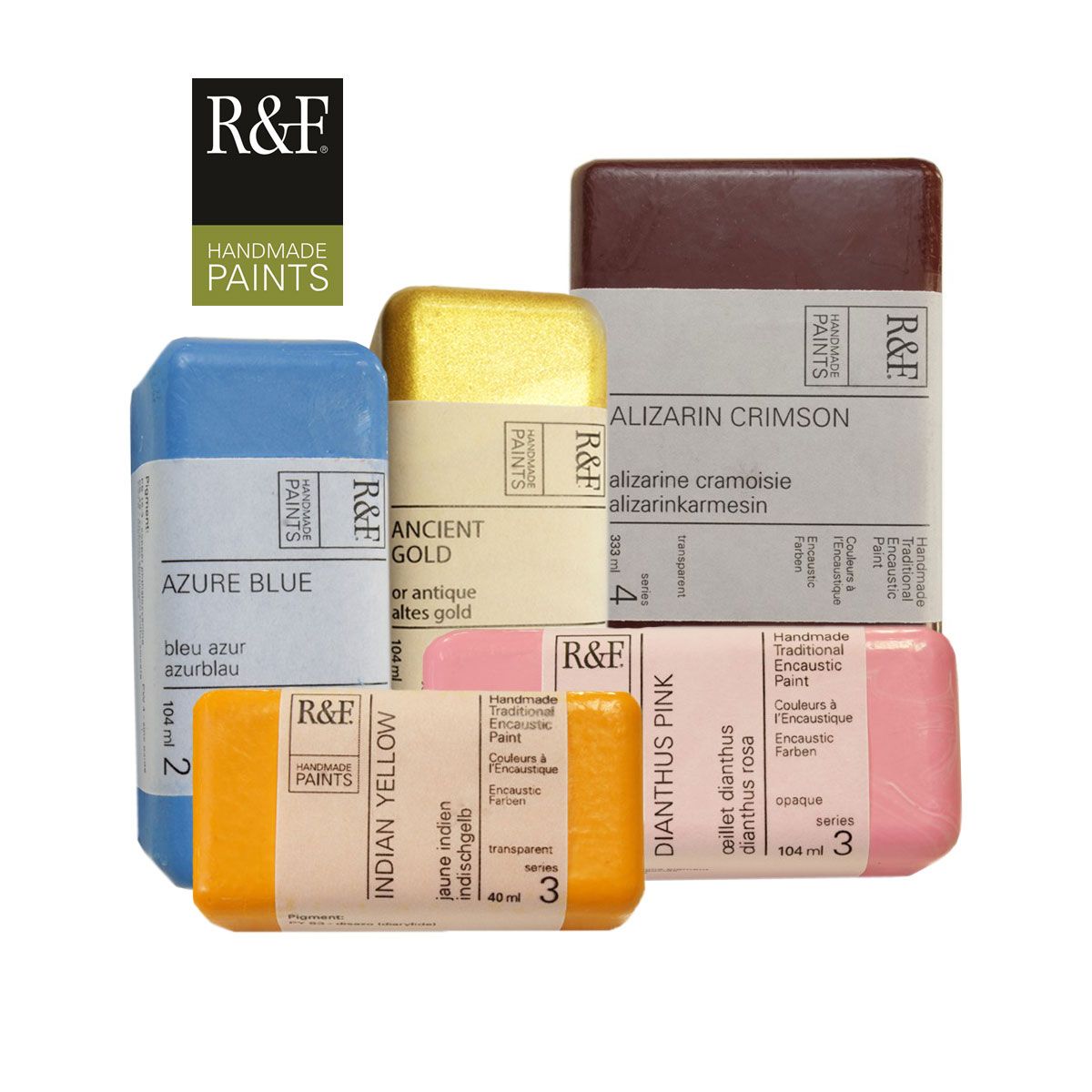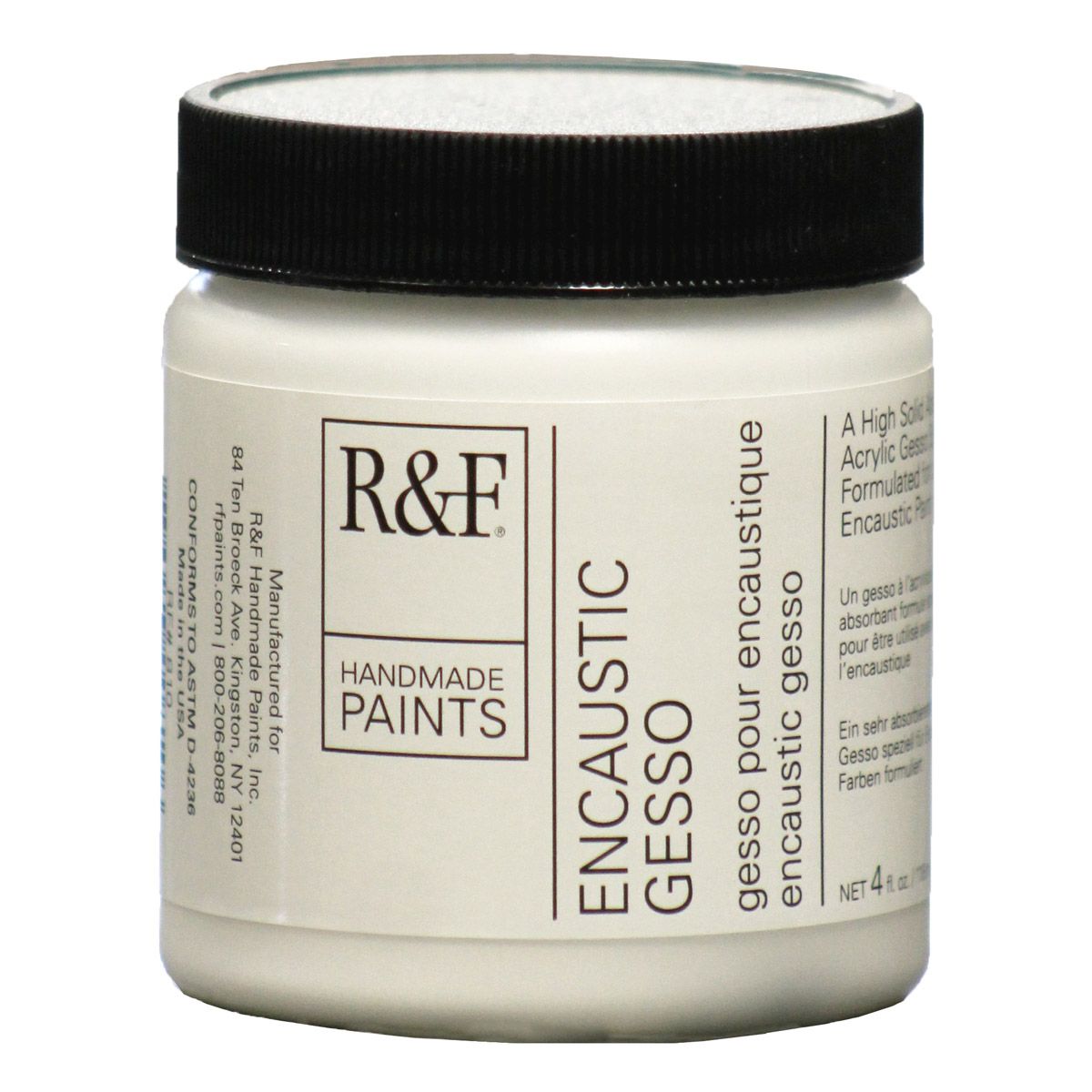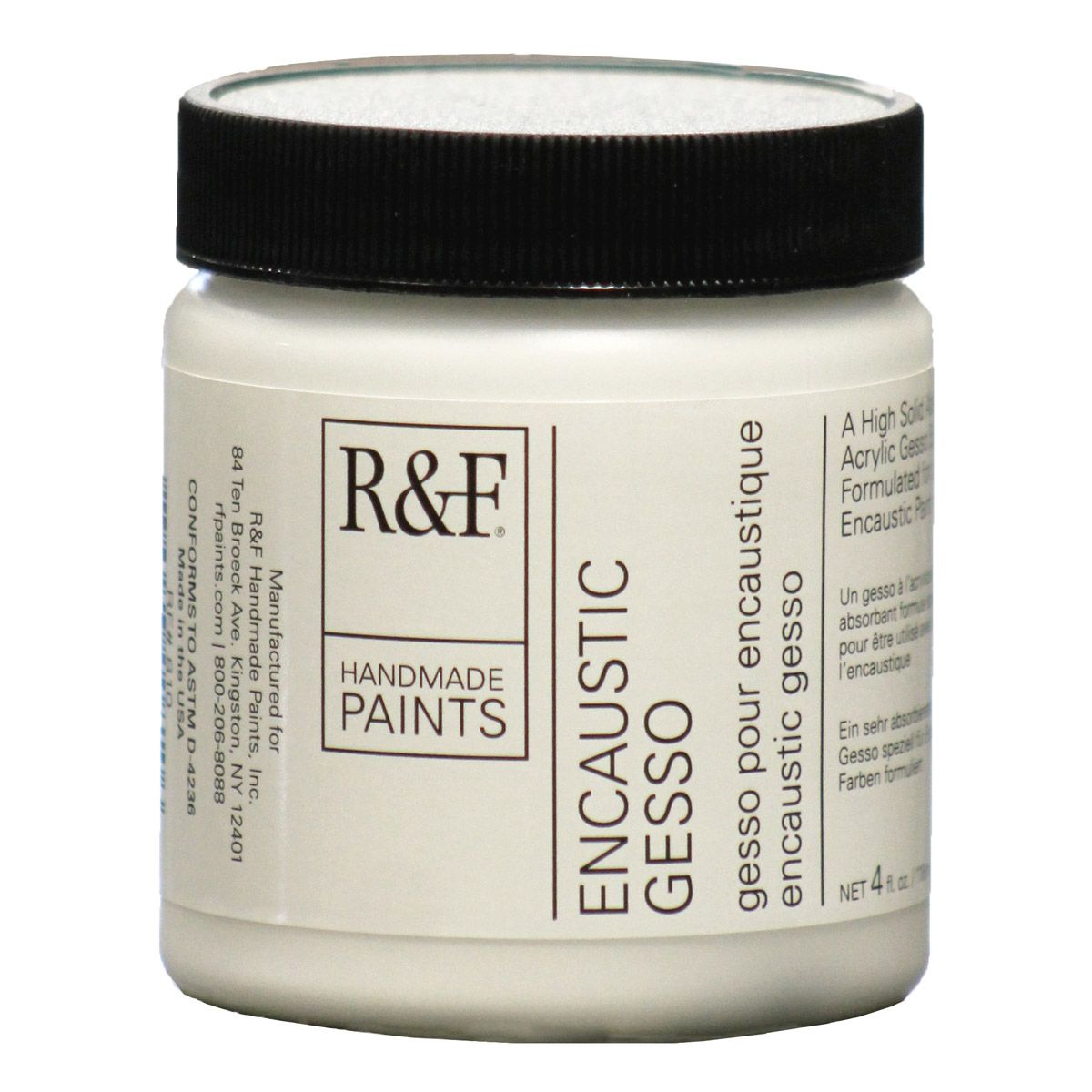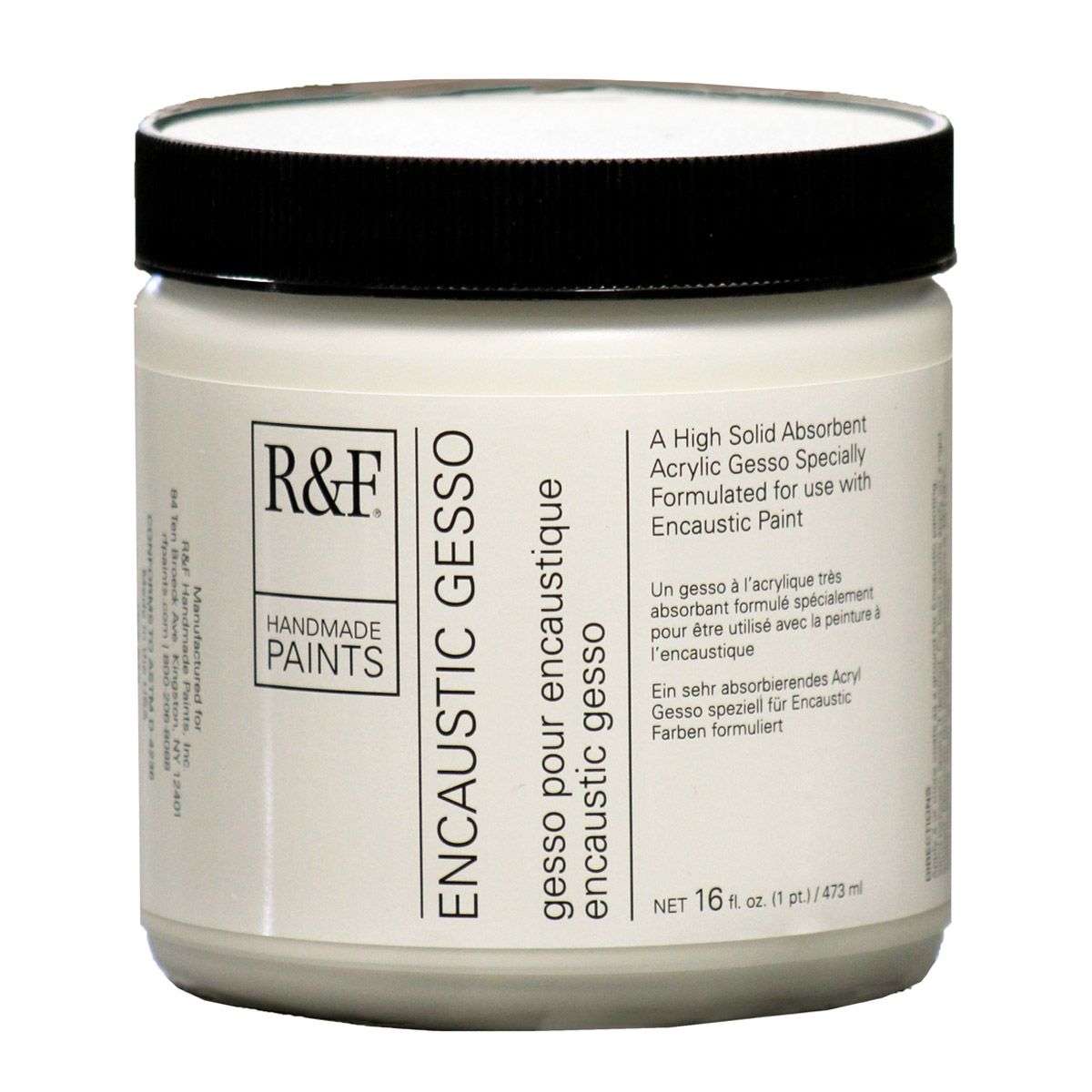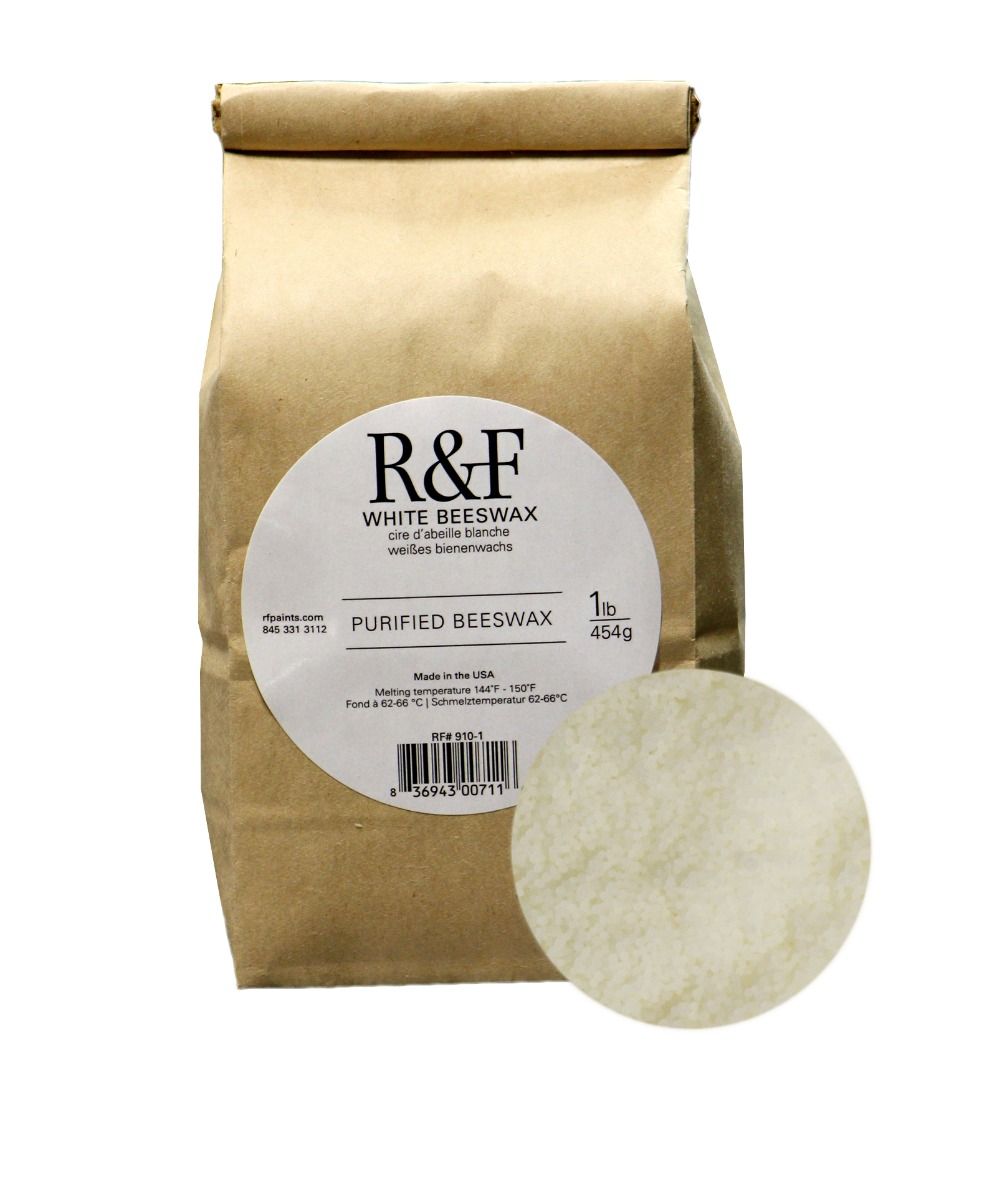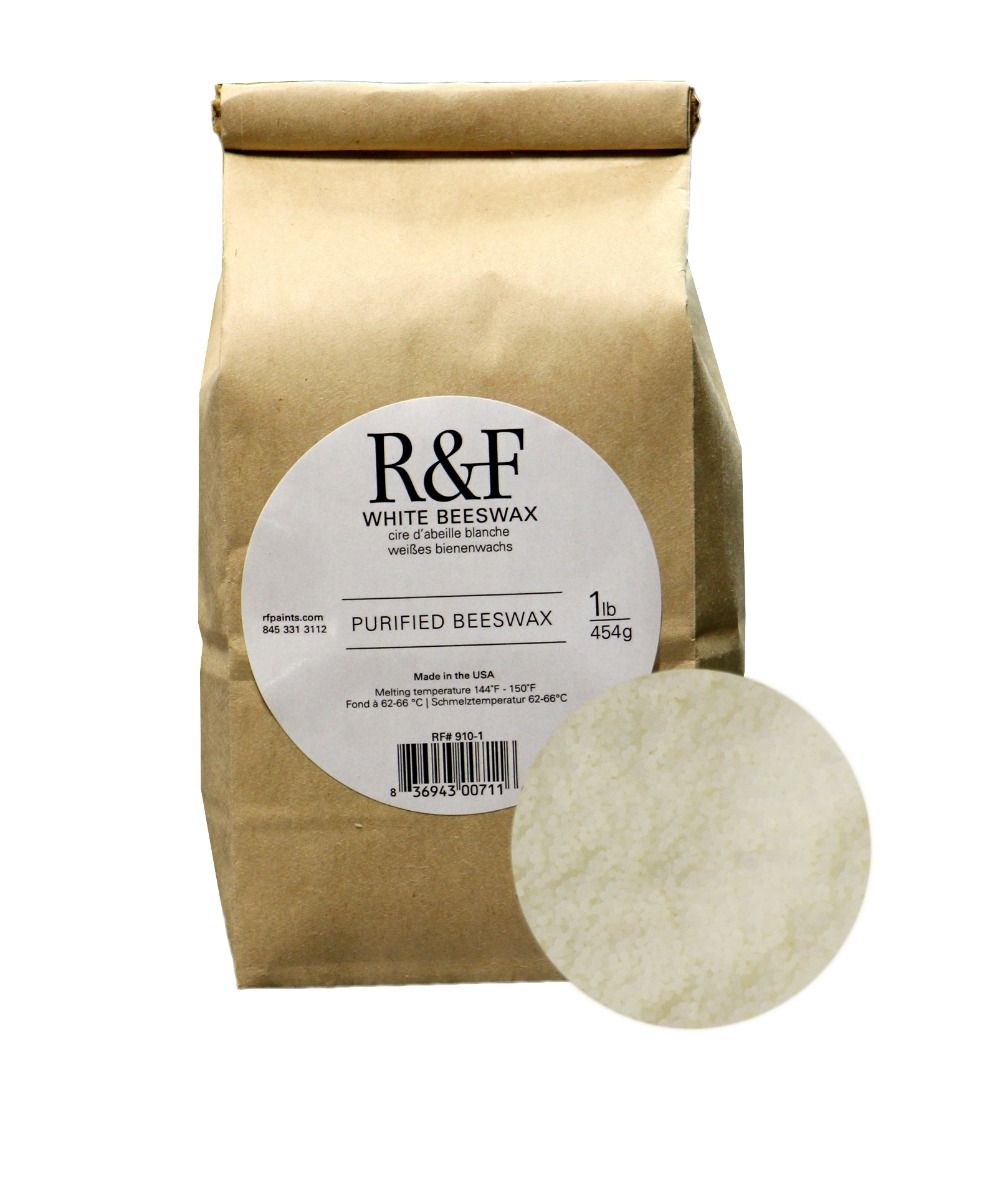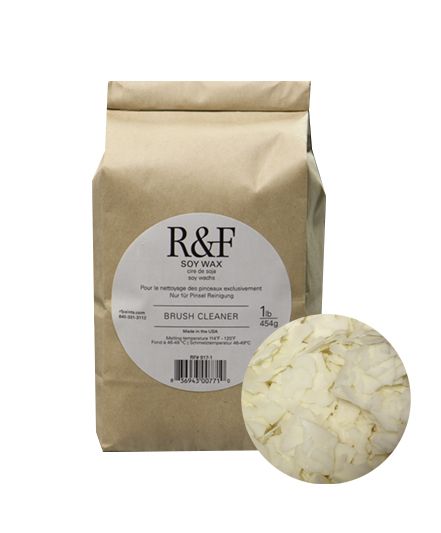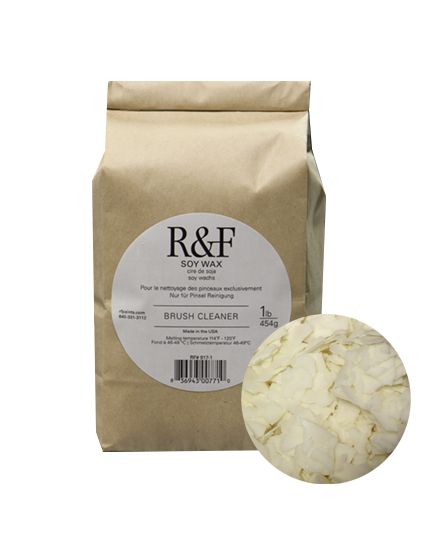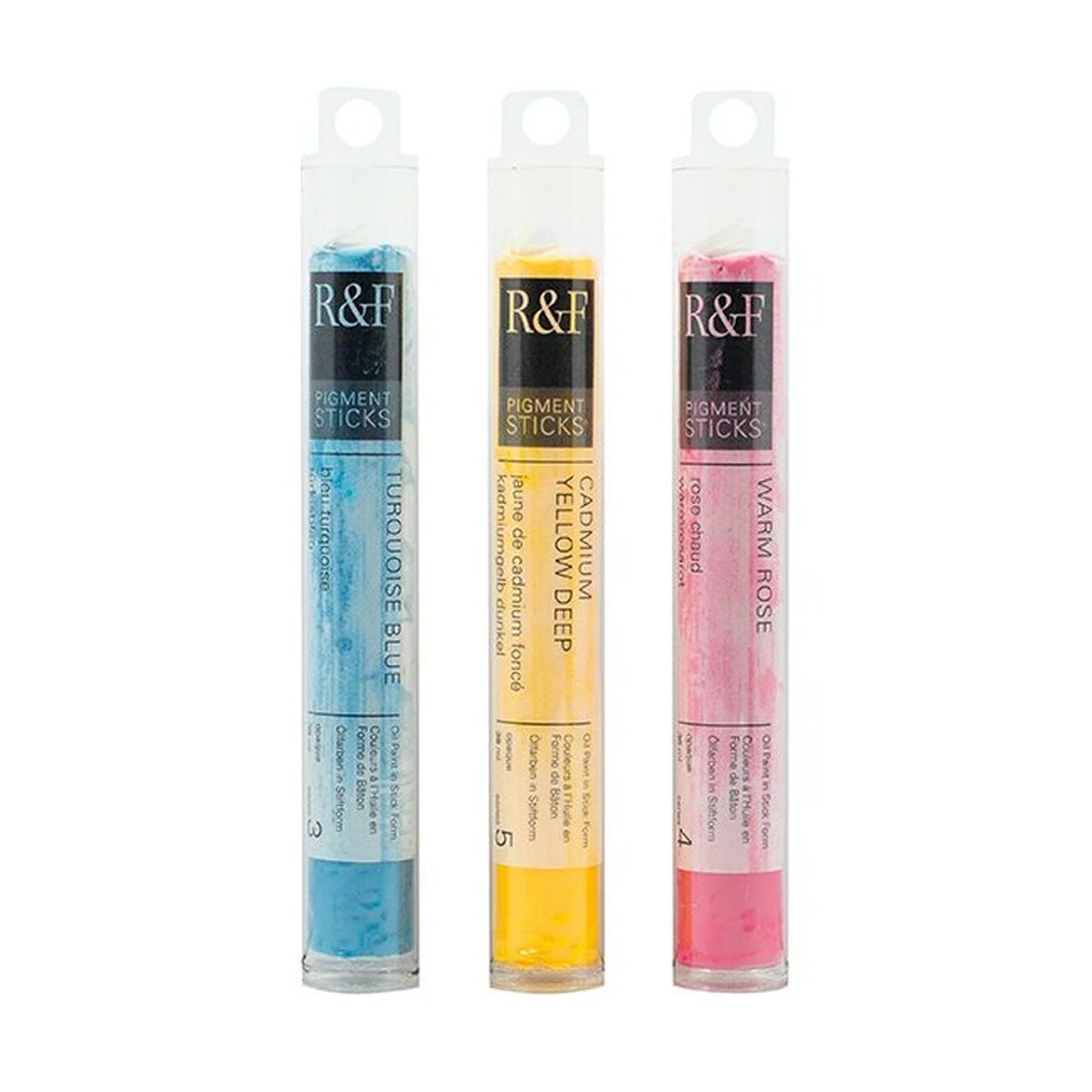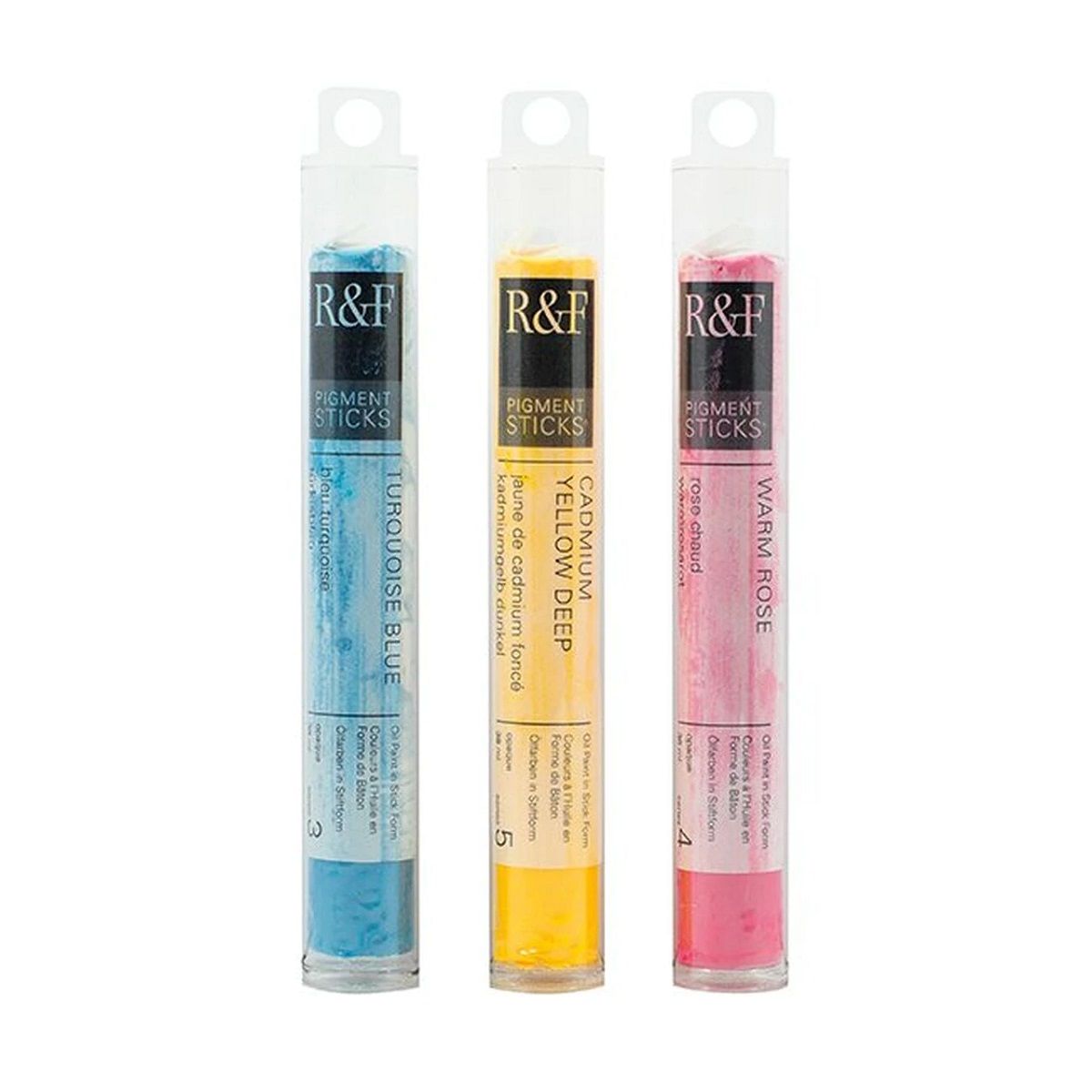R&F Oil Pigment Stick, Ultramarine Blue Pale 38ml
R&F Pigment Stick - Ultramarine Blue Pale, 40 ml
Reducing the rich violet-like undertone of Ultramarine Blue with white produces a tint that shuttles between violet, blue, and grey, depending on its neighbouring colour. A mix of Ultramarine Blue and Titanium-Zinc White.
- Pigment Composition: PB29-Ultramarine [Blue]; PW6-Titanium White; PW7-Zinc Sulphide White
- Paint Lines: Encaustic, Pigment Stick
- Opacity: Opaque
- Pigment Stick Drying Rate: Medium
- Classification: Mixed
- Chemical Composition: Ultramarine Blue + Titanium White + Zinc White
- Safety Information: Conforms to ASTM D-4236
R&F Pigment Stick - Ultramarine Blue Pale, 40 ml
Reducing the rich violet-like undertone of Ultramarine Blue with white produces a tint that shuttles between violet, blue, and grey, depending on its neighbouring colour. A mix of Ultramarine Blue and Titanium-Zinc White.
- Pigment Composition: PB29-Ultramarine [Blue]; PW6-Titanium White; PW7-Zinc Sulphide White
- Paint Lines: Encaustic, Pigment Stick
- Opacity: Opaque
- Pigment Stick Drying Rate: Medium
- Classification: Mixed
- Chemical Composition: Ultramarine Blue + Titanium White + Zinc White
- Safety Information: Conforms to ASTM D-4236
Pigment Name: PB29-Ultramarine [Blue]
Classification: Synthetic Inorganic
Chemical Composition: Complex silicate of sodium and aluminum with sulphur
Properties
Ultramarine is the standard warm blue, a brilliant blue pigment with the most purple and least green in its undertone. It has moderate to high tinting strength and beautiful transparency. Synthetic Ultramarine is not as vivid a blue as natural Ultramarine. Ultramarine dries slowly in oil and produces clean, though granular, washes in watercolour. French Ultramarine mixes well with Alizarin colours in oil and watercolour form to create a range of purples and violets. It can dull when mixed with white in acrylic form but mixes well with other colours. The shade varies based on the manufacturer. Considered a great colour for glazes, it is not suitable for frescoing.
Permanence
Ultramarine has excellent permanence, although synthetic Ultramarine is not as permanent as natural Ultramarine. It may discolour if exposed to acid because of its sulfuric content.
Toxicity
Ultramarine has no significant hazards.
History
The name for this pigment comes from the Middle Latin ultra, meaning beyond, and mare, meaning sea because it was imported from Asia to Europe by sea. It is a prominent component of lapis lazuli and was used on Asian temples starting in the 6th century. It was one of the most expensive pigments in 16th century Europe, worth twice its weight in gold, and so was used sparingly and when commissions were larger. Ultramarine is currently imitated by a process invented in France in 1826 by Jean Baptiste Guimet, making blue affordable to artists and extending the range of colours on their palettes.
Pigment Name: PW6-Titanium White
Classification: Synthetic Inorganic
Chemical Composition: Titanium dioxide
Properties
Titanium White is the most brilliant of the white pigments. It is considered an all-purpose oil colour useful in all techniques and the best all-around white. Its masstone is neither warm nor cool, placing it somewhere between Lead White and Zinc White. It is less prone to cracking and yellowing than Lead White, but it still yellows easily. Titanium White dries slowly in oil form, more slowly than Lead White but more quickly than Zinc White. It is opaque in oil and acrylic forms and semi-opaque in watercolour form. This pigment has good chemical stability, and its tinting strength is superior to both Lead White and Zinc White.
Permanence
Titanium White has excellent permanence and lightfastness.
Toxicity
Titanium dioxide is highly stable and is regarded as completely non-toxic. Animal studies do not indicate that it is absorbed biologically, even after long periods of exposure. The primary safety concern is with the inhalation of fine pigment dust particles.
History
Titanium is the ninth most abundant element in the Earth's crust. However, mineral deposits that are economical to mine are less common. Titanium dioxide was first discovered in 1821, although it could not be mass-produced until 1919. Widespread use of the pigment began in the 1940s. Since that time, it has become the most commonly used white pigment. The name comes from the Latin word Titan, the name for the elder brother of Kronos and the ancestor of the Titans, and the Greek word tito, meaning day or sun.
Pigment Name: PW7-Zinc Sulphide White
Classification: Synthetic Inorganic
Chemical Composition: Zinc sulphide
Properties
Zinc Sulphide White is a semi-transparent yellowish-white pigment. Zinc sulphide and zinc oxide (PW4) are often combined to create a more natural white colour. Transparency increases as particle size decrease. When slight impurities are added, zinc sulphide has phosphorescent and electroluminescent properties. It is often used to manufacture fluorescent or glow-in-the-dark paints.
Permanence
Zinc Sulphide White has excellent permanence and lightfastness.
Toxicity
Zinc Sulphide is non-toxic, but ore deposits often contain lead. Traces of lead and other impurities may be present in pigment powders. Ingestion is not recommended.
History
Zinc sulphide, when combined with slight impurities, has phosphorescent properties. It is often used for invisible ink that glows with exposure to ultraviolet light. Zinc sulphide is used in the manufacture of fluorescent paints.
| Size | 38 ml |
|---|---|
| Brand | R&F Encaustic Handmade Paints |
| Country of Manufacture | United States |
| Type of Store Credit value | Select |
| Country of Origin | 836943005969 |










